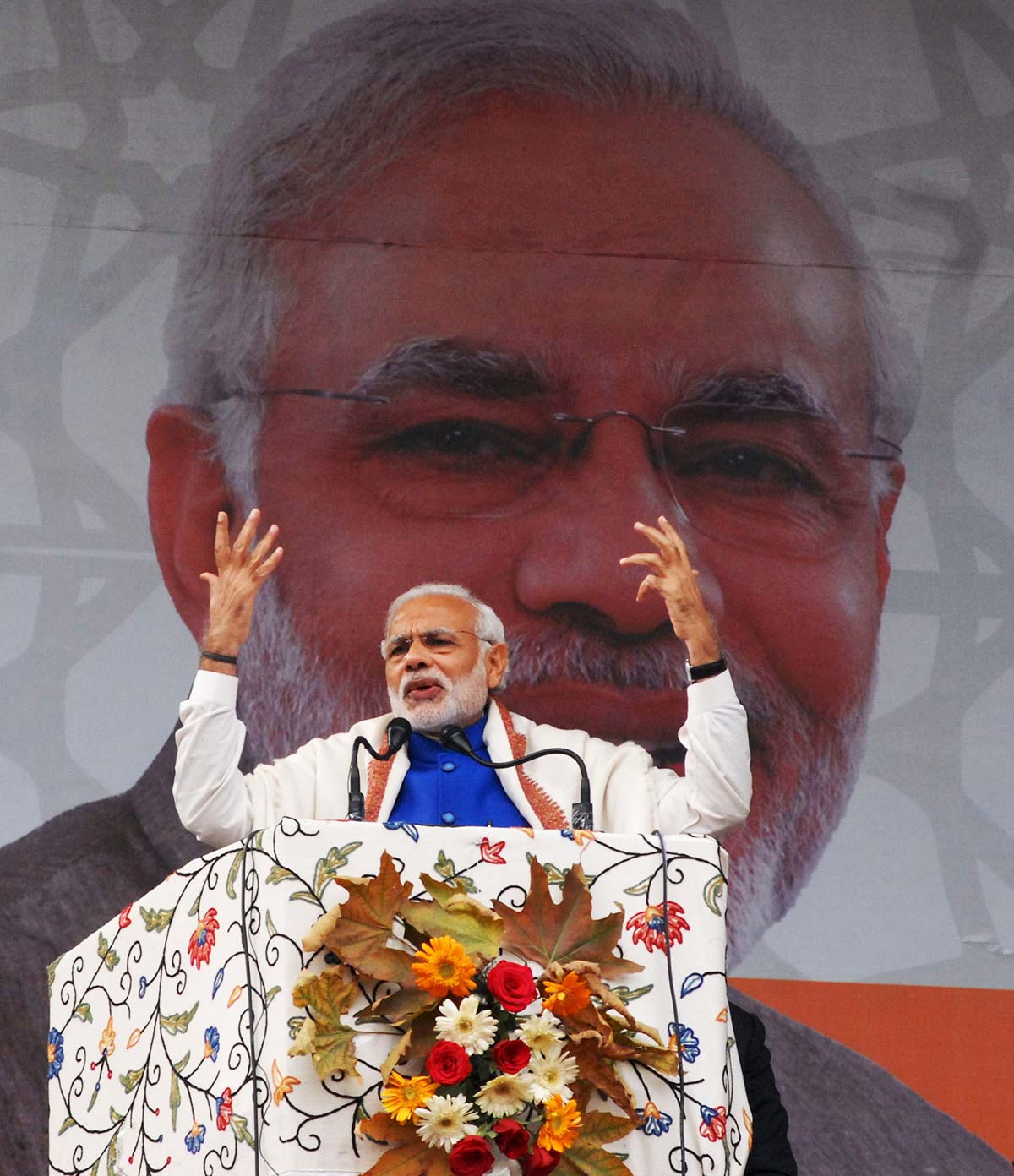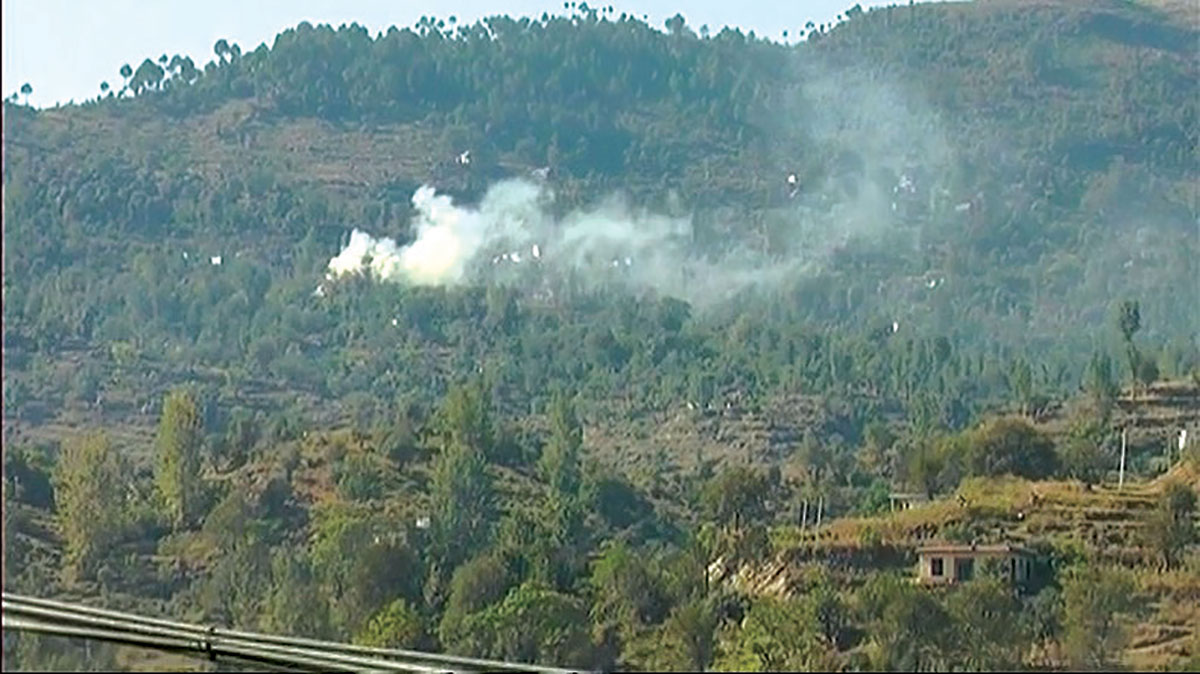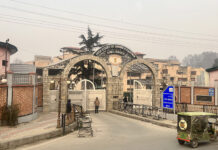SRINAGAR: Jammu and Kashmir’s healthcare sector is currently grappling with a growing menace posed by both new communicable and non-communicable diseases. Health officials have also expressed deep concern over the escalating instances of drug abuse among the younger population, which is exacerbating multiple health issues.
A ‘Vision Document 2047’ from the Health Department underscores the looming threat of emerging communicable diseases and variants, including EBOLA, Bird flu, Swine Flu, Zika, and Coronavirus. Simultaneously, it underscores the increasing prevalence of non-communicable diseases such as anaemia, hypertension, diabetes, and cancer.
Stomach cancer is reported in 25 percent of cases, followed by colorectal cancer (16 percent) and lung cancer (13.2 percent), which predominantly affect males. Among females, colorectal cancer (16.8 percent), breast cancer (16 percent), and stomach cancer (10 percent) are the most frequently reported cancers.
Healthcare professionals attribute this surge to changing lifestyles and the adoption of Western or urban lifestyles. To combat these issues, they stress the importance of individual initiatives, such as adopting healthy lifestyles, maintaining nutritious dietary habits, engaging in physical exercise, and quitting smoking. On a collective level, measures include environmental pollution prevention and ensuring access to clean water.
According to data from the Union Ministry of Health, Jammu and Kashmir has reported 51,000 cases of cancer in the past four years. Anaemia remains a significant health concern in the region, particularly among women and children. Medical experts attribute this to nutritional deficiencies and inadequate awareness about menstrual health.
Physicians who spoke to local news gatherer KNO, reveal that most women do not maintain a nutrient-rich diet, and anaemia is characterised by low haemoglobin levels in the blood. Iron deficiency is a significant contributor to anaemia, alongside factors like malaria, hookworms, nutritional deficiencies, chronic infections, and genetic conditions.
The Women and Men in India 2022 report by the Ministry of Statistics and Programme Implementation (MoSPI) unveils that 66 percent of women in Jammu and Kashmir suffer from anaemia. Of this group, 25 percent have mild anaemia, 38 percent moderate anaemia, and 3 percent severe anaemia.
Moreover, NHFS-5 data indicates that only 36 percent of women and 31 percent of men in Jammu and Kashmir have normal blood pressure. As per this data, age is correlated with hypertension, with the likelihood of developing hypertension increasing with age.
Approximately 8.7 percent of women and 8 percent of men aged over 15 have elevated blood sugar levels exceeding 140 mg/dl.
Medical professionals also emphasise the health risks faced by persons who inject drugs (PWIDs). Intravenous (IV) drug use can lead to serious health problems, including physical and psychological dependency, scarring, venous injury, and the risk of infectious diseases such as HIV, tuberculosis (TB), and hepatitis C virus (HCV).















